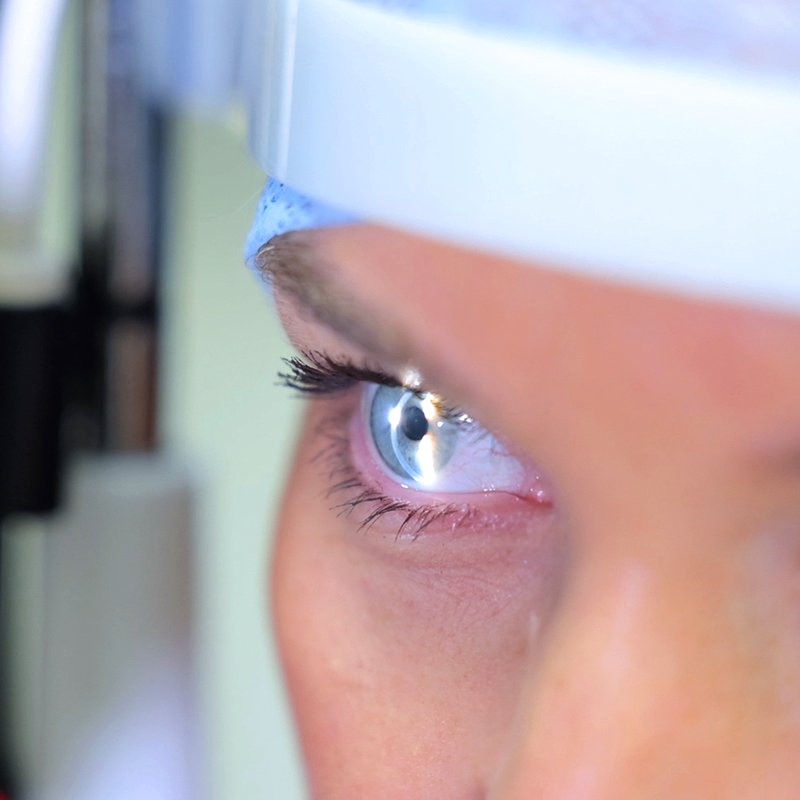After undergoing LASEK eye surgery, many patients eagerly wonder: When can I drive after LASEK? Understanding the timeline for visual recovery and legal requirements for driving is essential to ensure your safety and that of others on the road.
This article explains the typical visual healing process, what factors affect your ability to drive, and how to determine when it’s safe and legal to get behind the wheel again.
⏳ Typical Visual Recovery Timeline After LASEK Surgery
Unlike LASIK, which offers quicker visual recovery, LASEK involves surface healing of the cornea, which takes more time. Here’s what you can generally expect:
| Post-Op Day | Vision & Symptoms |
|---|---|
| Days 1–3 | Blurry or fluctuating vision, light sensitivity, discomfort or mild pain |
| Days 4–7 | Gradual improvement; bandage contact lens usually removed around day 4 or 5 |
| Week 2 | Vision clearer but may still fluctuate, especially with prolonged reading or screen use |
| Month 1 and beyond | Vision typically stable, reaching near or at 20/20 clarity in many cases |
🚦 When Can You Safely Drive After LASEK?
Key Factors Influencing Driving Readiness:
- Visual Acuity:
Your vision should meet the minimum legal standards for driving in your area, often 20/40 or better with or without correction. - Visual Stability:
Vision must be steady without major fluctuations, especially in different lighting conditions. - Comfort and Confidence:
You should feel physically comfortable, free of excessive pain or light sensitivity, and confident in your ability to focus. - Eye Surgeon Clearance:
Always follow your surgeon’s advice and attend follow-up visits where your vision will be tested.
General Guideline:
- Most patients are able to drive safely 3 to 7 days after LASEK, once their vision has sufficiently cleared and stabilized.
- Night driving may require additional caution, as sensitivity to glare from headlights can persist longer.
⚖️ Legal Considerations for Driving Post-LASEK
- Driving laws vary by region, but typically require a minimum visual acuity of 20/40 (with or without corrective lenses).
- Your surgeon’s post-op exam can confirm if your vision meets these legal standards.
- Never drive if you experience:
- Blurred or fluctuating vision
- Excessive glare or halos
- Eye discomfort affecting focus
🛑 Tips for Returning to Driving Safely
- Have a trusted friend or family member drive you home immediately after surgery.
- Start by driving short distances in familiar areas during daytime.
- Avoid night driving until you have fully recovered and feel confident.
- Carry your eye drops with you to lubricate your eyes as needed during driving.
- Protect your eyes with sunglasses to reduce glare.
🧠 When to Contact Your Doctor
If you experience persistent blurred vision, severe pain, or significant light sensitivity that impairs your ability to see clearly after a week, contact your eye surgeon immediately before resuming driving.
Summary
| Question | Answer |
|---|---|
| When can I drive after LASEK? | Usually 3–7 days post-surgery when vision is stable and meets legal standards. |
| Is night driving safe immediately? | Usually no; wait until glare sensitivity decreases. |
| What should I do before driving? | Get clearance from your surgeon and ensure you feel comfortable. |
Following your surgeon’s instructions and giving your eyes time to heal are essential for safely returning to driving after LASEK. Prioritizing safety ensures you enjoy your improved vision without compromising yourself or others on the road.




